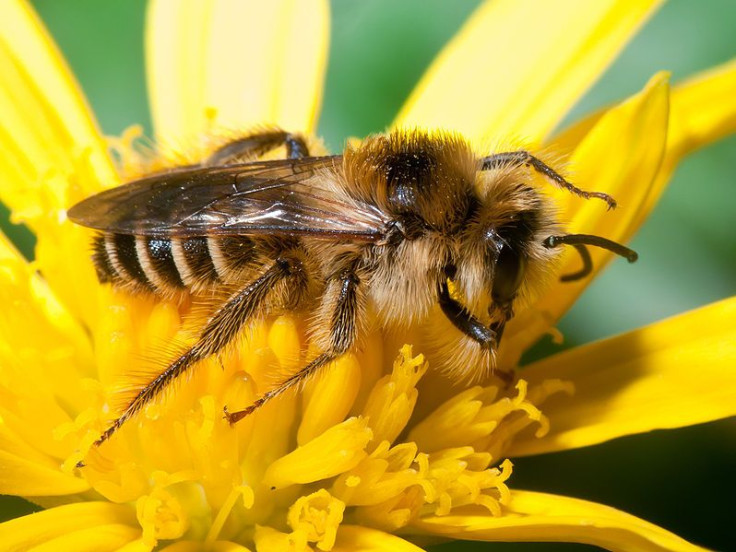Help The Vanishing Bumble Bees By Planting These Flowers

The population of bumble bees across the United States continue to decline. One reason is man-made insecticides, which also kills off lots of bees, as well as insect pests.
Other reasons are natural. Among these is competition with other insect species, a mismatch between the phenology of plant species and the phenology of bumble bee species and loss of floral resources, according to Jerry Cole, study lead author and a biologist at the Institute for Bird Populations in California.
These and other reasons led to beekeepers in the U.S. losing 44 percent of their bumble bee colonies in only a single year from April 2015 to April 2016. There has been some recovery since then, however.
This effort is being aided by the planting of plant species bees prefer for food (nectar) and pollination. A study published this week in the journal Environmental Entomology revealed the most popular plant species in the Sierra Nevada region of California preferred by bees.
"Determining bumble bee species' plant selection is important for retaining and promoting high quality plant resources that will help populations persist," the study said.
The in-depth study saw the authors capture bumble bees on more than 100 plant species across more than 400 plots in the Plumas National Forest in California during the summer months of 2015 and 2016. Bumble bees are abundant in this area.
The study revealed the most popular plant species among the bees were Oregon checker-mallow and mountain pennyroyal flowers. A. urticifolia, a flowering plant in the mint family, was the plant most strongly selected by three of five bumble bee species surveyed. Other flowers commonly selected by bees included thickstem asters and Ryderberg's penstemon, a flower in the snapdragon family.
The authors assessed the five most abundant bumble bee species' plant selection. They found that only 14 of the more than 100 plant species they studied were chosen the most by the bees. Each bumble bee species selected a different group of flowers despite bees foraging across the same plots.
"It's important to consider the availability of plants when determining what's selected for by bees," Cole said. "Often studies will use the proportion of captures on a plant species alone to determine which plants are most important to bees."
The selections by the five species remained constant over the study period. This finding suggested that maintaining, seeding or planting those plant species could benefit the health of the bees.
The small group of preferred plant species the authors identified is a helpful start for conservationists wanting to seed and restore habitats for bees in regions similar to the study's.
"It wouldn't hurt to plant some of the species we identify here in your home garden," Cole added. "But the way that these plants are beneficial are not just on their own. You have to have a nice complement of plants that provide food resources throughout the season and not just at one point in the season."
Researchers involved in the study came from the Institute for Bird Populations, the University of Connecticut and the USDA Forest Service. The USDA Forest Service has already put the study's results to use.

Published by Medicaldaily.com



























